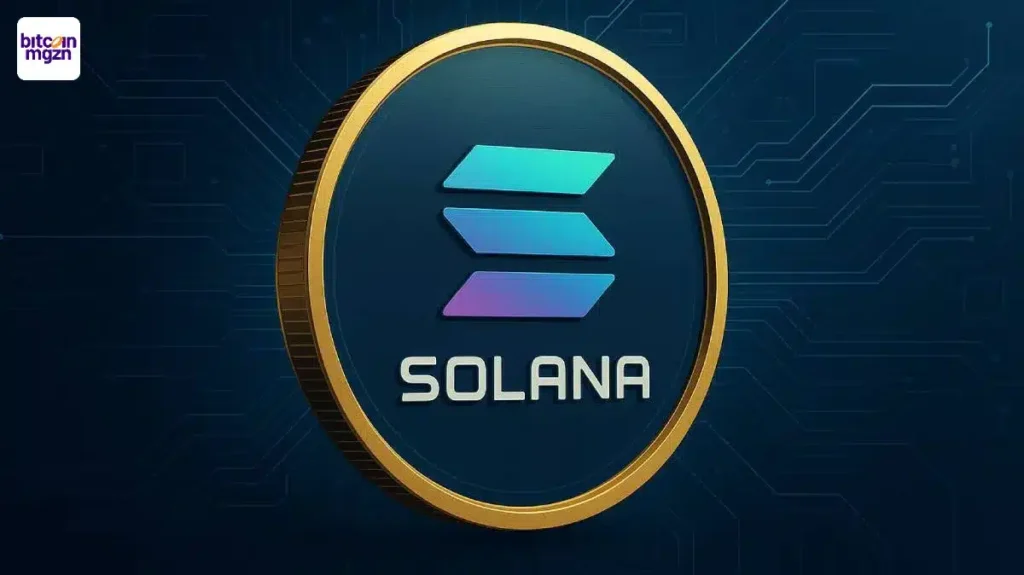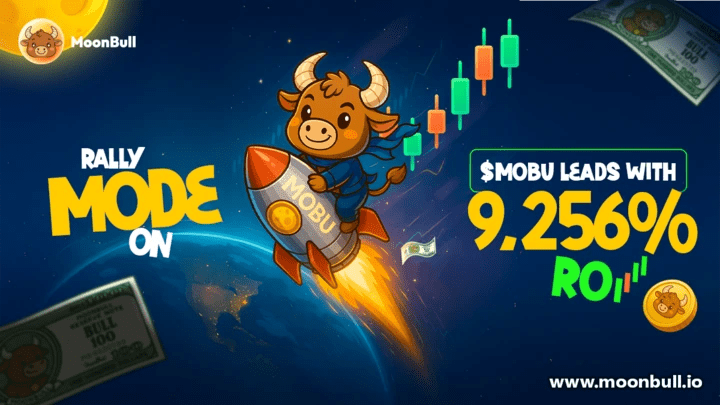Vendor performance management sets expectations, measures outcomes, and links action to financial impact. Done well, it clarifies service levels, quality standards, and cost discipline while reducing risk. The aim is simple: translate business strategy into a small set of measurable targets that suppliers understand, internal teams can administer, and executives trust.
Scope, Objectives, and Ownership
Business outcomes to optimize (cost, service, risk, compliance)
Scorecards should reflect four outcomes: lower total landed cost, reliable service (OTIF, lead times), managed risk (continuity, financial health, cyber posture), and compliance (contract, regulatory, ESG). Every metric on the page should ladder to one of these.
Governance model and RACI (procurement, quality, operations, finance)
Procurement owns the framework and commercial levers; quality manages nonconformance and CAPA; operations tracks service reliability; finance validates the numbers and ties them to P&L and cash. Many teams keep the scorecard in a shared workspace, and vendor management software provides the audit trail, acknowledgments, and document links needed for clean reviews.
Coverage and granularity (tier-1 vs. tier-2, site-level vs. supplier-level)
Measure where variability actually lives. Tier-1 and strategic tier-2 suppliers require visibility. Site-level data often tells the operational truth; roll-ups hide chronic underperformance at a single plant.
Review cadence and thresholds (monthly ops, quarterly executive, annual strategy)
A practical rhythm: monthly operational huddles for issues and fixes; quarterly executive reviews to adjust targets and investments; annual strategy to rebalance the portfolio. Thresholds define when a metric triggers a root-cause and corrective-action plan.
Core KPIs and How to Calculate Them
Service reliability (OTIF, fill rate, lead-time adherence)
OTIF reflects the customer promise; fill rate shows immediate availability; lead-time adherence checks the credibility of quoted dates. These three create a balanced picture of delivery performance.
Quality and compliance (PPM defects, returns rate, CAPA closure time, ESG adherence)
Quality KPIs should include defects per million, return reasons, and the time from issue to verified closure. ESG adherence indicates whether required disclosures and certifications are current and complete.
Cost and productivity (price variance, total landed cost variance, cost avoidance)
Price variance catches unit-price drift from contract; landed cost variance captures freight, duties, surcharges; cost avoidance records prevented increases or value-engineering savings.
Process and finance accuracy (invoice accuracy, ASN match rate, PO acknowledgment SLA)
Process KPIs reduce friction: clean invoices accelerate cash cycles; accurate ASNs reduce receiving delays; prompt PO acknowledgments stabilize schedules.
KPI Definitions, Formulas, and Thresholds
|
Precise Definition & Formula |
|
Suggested Target/Threshold |
|
% of orders delivered on or before the required date and in full; on-time & in-full lines ÷ total lines × 100 |
|
Orders within quoted lead time ÷ total orders × 100 |
|
Defective units ÷ total units × 10^6 |
|
(Invoice price − Contract price) ÷ Contract price × 100 |
|
Invoices without discrepancy ÷ total invoices × 100 |
|
Median days from issue to verified closure |
|
% of required ESG disclosures/certifications current |
“Measure what moves the dial, not everything that moves,” remains a useful rule in procurement. High-performing CPOs concentrate on a short list of KPIs tied to growth, cost, and resilience.
Data Collection, Normalization, and Segmentation
Minimal data model (PO, shipment, receipt, invoice, non-conformance, contract)
A credible baseline needs six objects: purchase order, shipment notice, receipt, invoice, nonconformance record, and contract header. Each KPI can be traced to one or more of these.
Master-data quality (vendor IDs, site codes, units of measure, currency)
Consistent vendor IDs and site codes prevent double-counting. Units of measure and currency must be standardized or converted at load to avoid false variance.
Normalization and weighting (ABC/criticality, category, region, volume bands)
Weight results by criticality and volume to prevent small, low-impact items from masking performance on strategic SKUs. Category and region flags help spot systemic issues.
Statistical treatment (service levels vs. fill rate, seasonality, outlier handling)
Use medians for time-based metrics when outliers skew averages. Separate seasonality effects from true drift. Define outlier rules upfront and document adjustments.
Operating Practices That Drive Measurable Improvement
SLA/scorecard design linked to contracts (targets, tolerances, remedies)
Scorecards should mirror contract language: the target, the tolerance band, and the remedy if performance falls outside the band. Remedies can be credits, expedited shipping at supplier expense, or rapid-response teams.
Joint business reviews (root cause, CAPA plans, dated owners, re-baselining)
Reviews should end with a dated CAPA plan, named owners, and evidence requirements. Re-baseline after verified improvement, not before.
Incentives and consequences (gainshare, preferred status, probation/exit paths)
Preferred status and forward-volume commitments can be earned through sustained performance. Probation and exit criteria must be clear to preserve credibility.
Risk integration (financial health, supply continuity, regulatory, and ESG checks)
Bring risk signals into the same cockpit: financial scores, supplier news, labor or environmental findings, and cyber posture. The World Economic Forum highlights supply continuity and ESG transparency as rising board-level concerns in global supply chains.
FAQ
How do you measure vendor performance credibly with limited data?
Start with a minimal model and focus on OTIF, lead-time adherence, PPM, and invoice accuracy. Use a three-month rolling window to stabilize signals, then layer in landed cost variance and ESG compliance as data matures.
Which KPIs matter most for critical vs. non-critical suppliers?
For critical suppliers: OTIF, lead-time adherence, PPM, CAPA time, and financial/ESG risk. For non-critical: price variance, invoice accuracy, and basic delivery reliability. Weight by criticality so strategic misses carry appropriate influence.
How often should vendor performance be evaluated, and at what tier?
Monthly operational reviews for tier-1 strategic suppliers; quarterly executive reviews for strategic and high-spend tier-2; semi-annual pulse checks for the long tail. Escalate immediately when a risk trigger fires.
What tools enable reliable tracking and analytics without manual effort?
Systems that combine PO, ASN, receipt, invoice, and quality events reduce reconciliation time and increase trust in the numbers. Integration with ERP and TMS ensures timestamps reflect real movement rather than spreadsheet updates.
Disclaimer: This article is provided for informational purposes only. It is not offered or intended to be used as legal, tax, investment, financial, or other advice.
Source: https://cryptodaily.co.uk/2025/10/vendor-performance-management-key-metrics-and-best-practices-for-measuring-success


